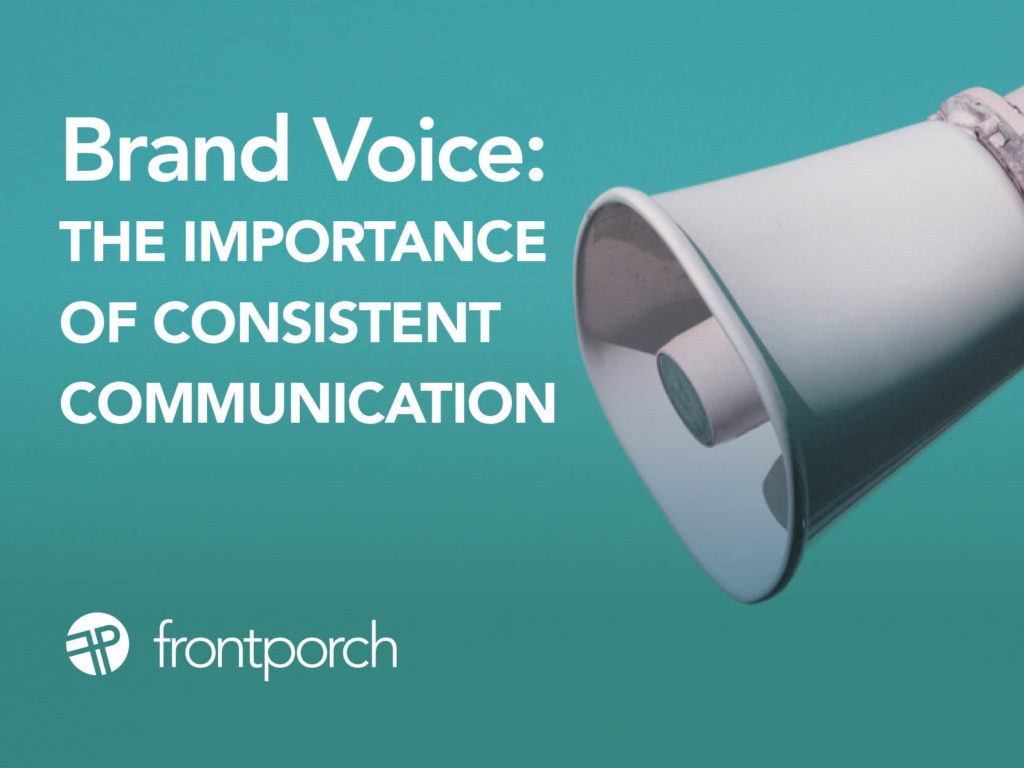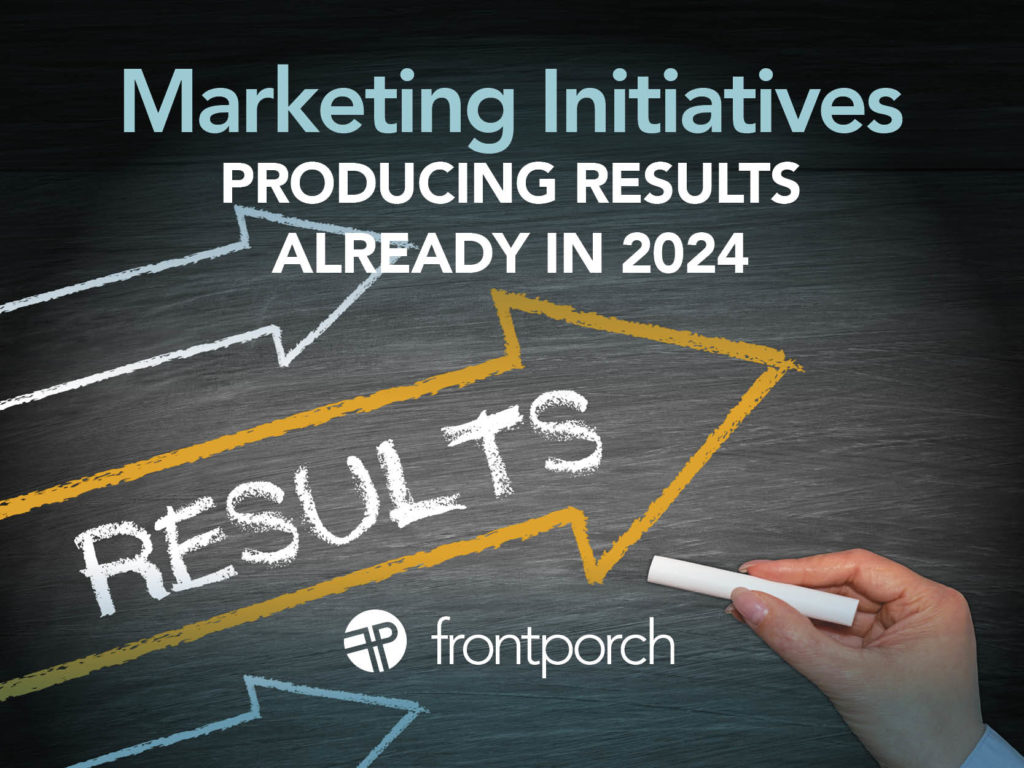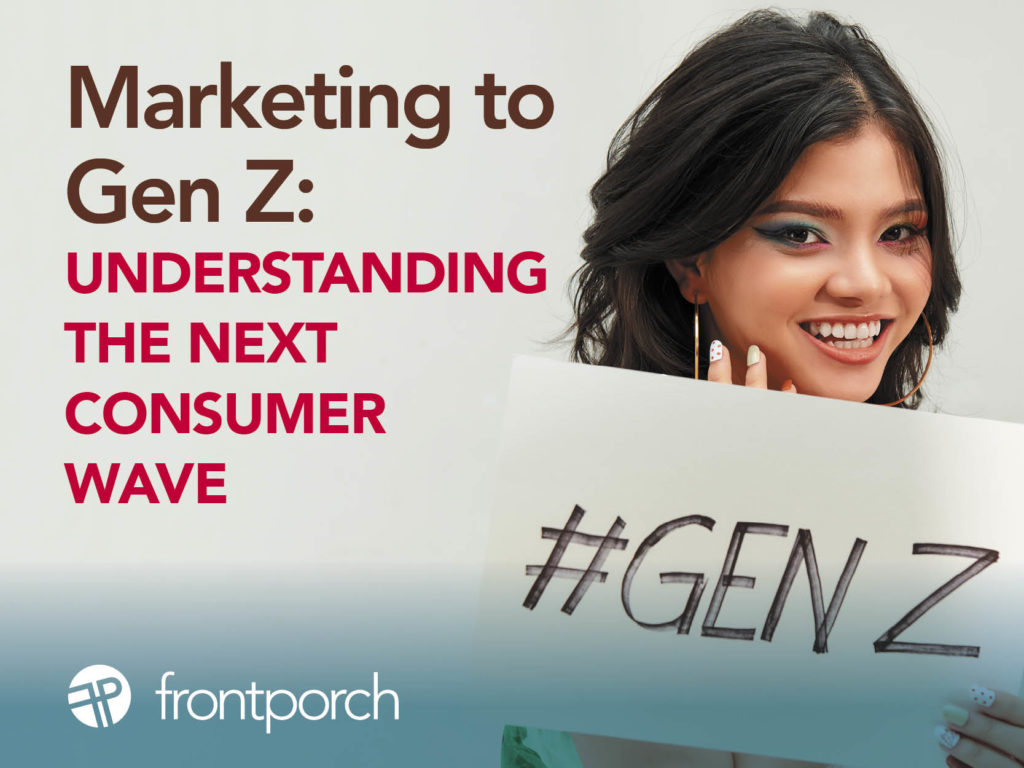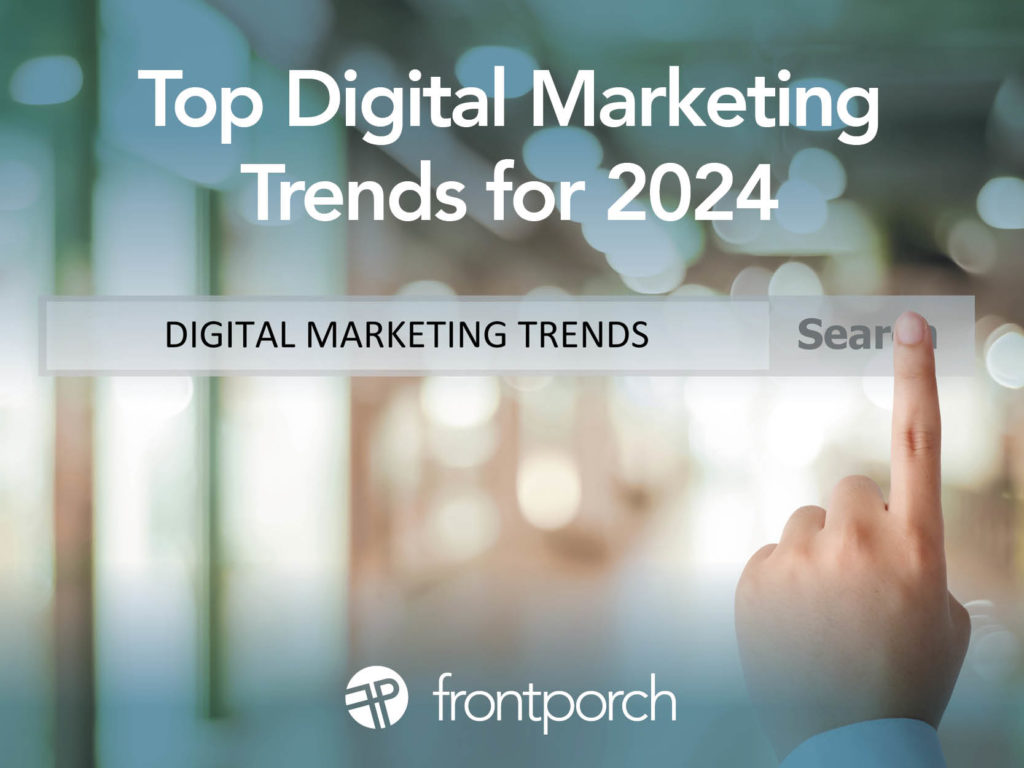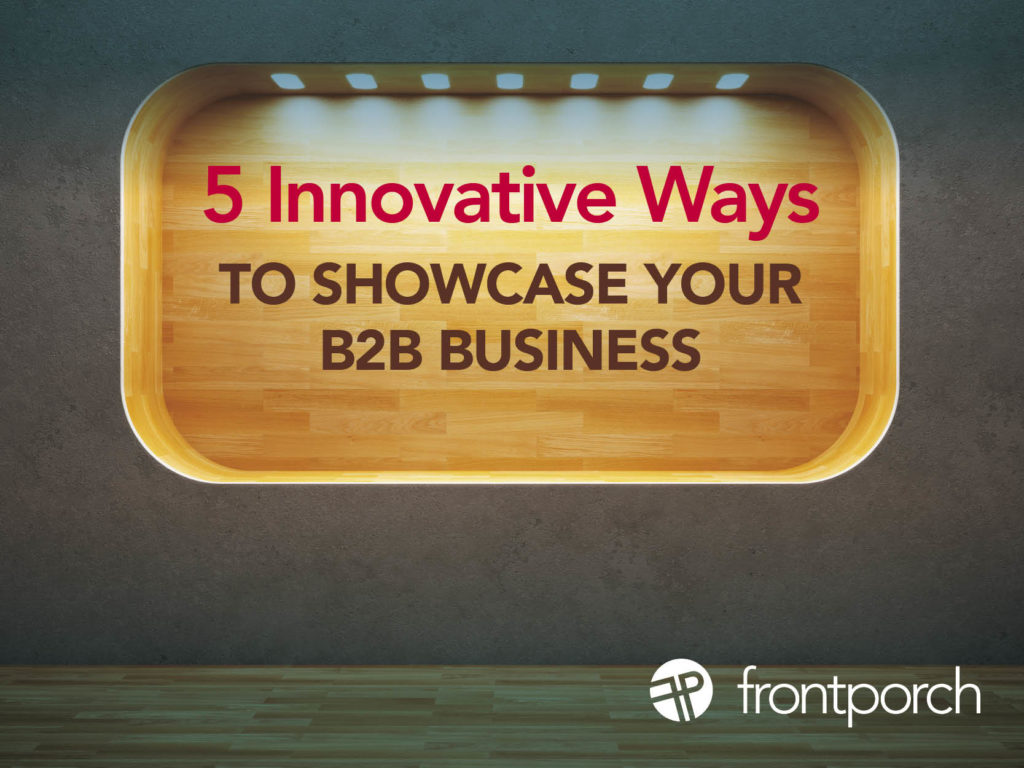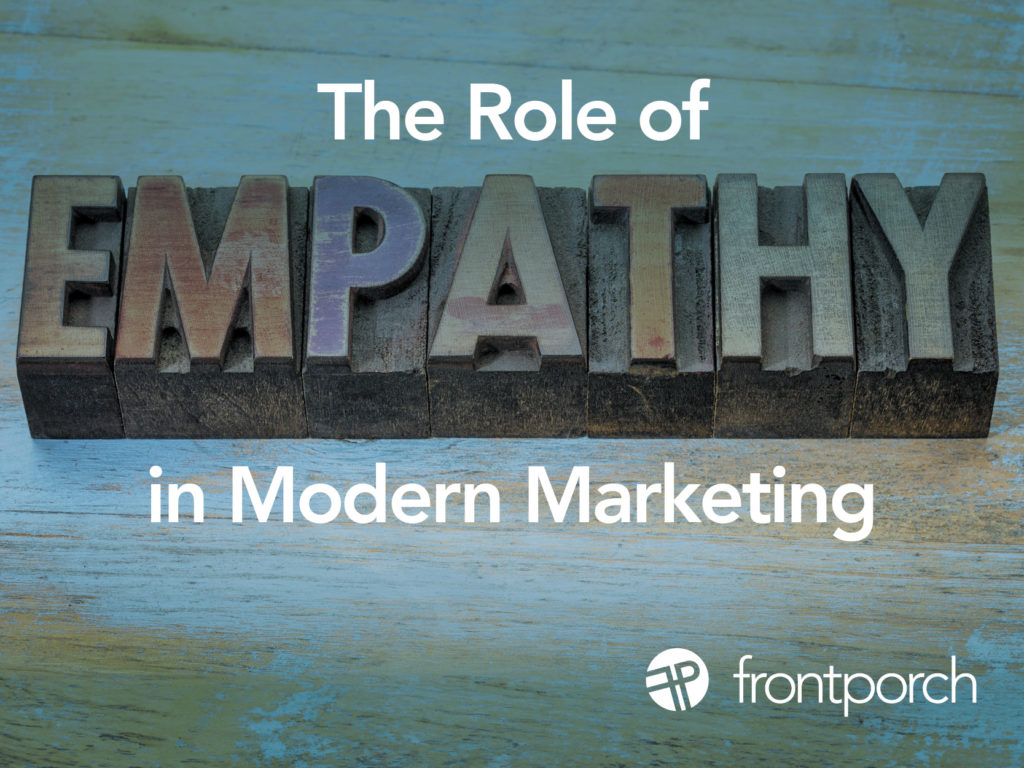
Brand Guidelines help keep your brand on track. I think we can all agree that your brand is your most important asset. Some people may think your logo is the sum of your brand identity, but it’s more than that. It’s the personality of your brand. You’ve spent countless hours, not to mention your blood, sweat and tears making your brand come to life. And you want to protect your brand identity through consistent marketing and messaging across all your channels. To do this, you need to develop brand guidelines.
What Are Brand Guidelines?
By definition, brand guidelines are clearly defined rules and standards that communicate how your brand should be represented to the world. We typically think these rules are utilized by designers, but they should be adhered to by anyone who interacts with your brand whether inside or outside of your organization.
The components included in brand guidelines vary from company to company, and they can range in size from a few to many pages. Typically, at a minimum, brand guidelines will include logo usage guidelines, color palettes, typography and brand voice.
Why Are Guidelines Important?
It can be tricky to keep your brand identity consistent. As your brand grows, you may also grow your team and start to use external resources. When you have clear and consistent guidelines in place, you protect how your brand is portrayed both visually and in writing no matter who is developing the communications and no matter if the audience is internal or external.
- Ensure Consistency — From your website to your social media posts and print materials, your communications should be cohesive. Part of a family. It makes your brand reliable and shows you take pride in your brand.
- Create Recognition — Your audience should be able to easily recognize your brand. They help you stand out in a competitive market.
- Set Standards and Rules — These rules make certain everyone is using the brand visual elements correctly. This can range from logo placement to color palettes and fonts. These are not meant to stifle creativity, but rather safeguard that everything appears correctly.
- Build Value — They create compliance inside and outside of your organization. When guidelines are adhered to, it creates and maintains a strong brand presence in the market.
When you have brand guidelines in place, you have the foundation to create a consistent and successful brand identity now and in the future.

